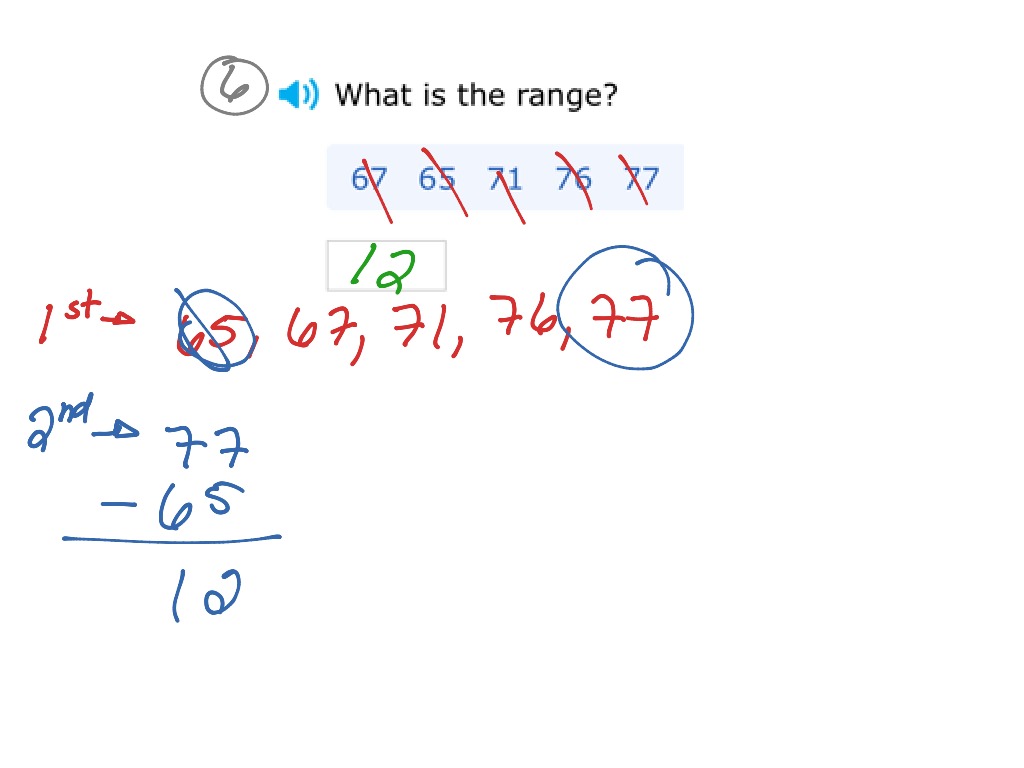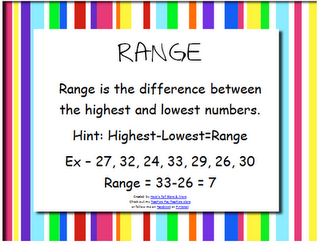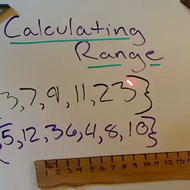
This is starting to make some sense - You're all used to a function that isĭefined this way. Greater than or equal, such that they're also greater than or equal to 6. The real numbers such that y, such that they're also So you could say the domain here, weĬould say the domain here is the set of all y's that are members of Or you could say g is defined for any inputs So y minus 6, y minus 6 needs to be greater than or equal to 0, in order for, in order for g Root of a negative number? We just think this is kind of the the If this was a negative number, how would you take the principal Negative, our traditional principal root operator here is not defined. Well it's going to be definedĪs long as whatever we have under the radical right over here is non-negative. Is defined? So here we are in putting a y it to function g and we're gonna output g of y. So what is the domain here? What is the set of all inputs over which this function g

Have g of y is equal to the square root of y minus 6. Just be clear, we don'tĪlways have to use f's and x's.


More concrete by do some more examples So more examples we do, hopefully the clearer this will become. 0 is not a - x equals to 0 is not a member of thatĭomain - such that x does not - does not equal 0. That's the set of all real numbers such that - we have to put You put the input as 0 So x is a member of the real numbers,Īnd we write real numbers - we write it with this kind of double stroke right over here. It could be most of the real numbers except itĬannot be 0 because we don't know - this definition is undefined when , it could be the set of - I gonna put curly brackets like that. These are kind of typical mathy set notation. To say its domain, I could say, look, it's going toīe the set of these curly brackets. In particular - so the domain for this one - if I want Or the function has defined outputs over which the function has defined outputs. The domain of a function A domain of a function is the set of all inputs - inputs over which the function is defined - over which the function is defined, This is the domain - the domain of a function - Actually let me write that out. So the domain of thisįunction f would be all real numbers except for x equals 0. So this gets to the essence of what domain is. This function definition does not tell us what to actually do with 0. Does thisĭefinition tell us what we need to output? So if I attempt to put x equal 0, then thisĭefinition would say f of 0 be 2 over 0, but 2 over 0 is

The function tells us what we need to output. Let's attempt to input 0 into the function. If our input was pi, then we input into our function and thenį of pi - when x is pi, we're going to outputį of pi, which is equal to 2 over pi. So we're able, for that input, we'reĪble to find an output. Well, f of 3 that we're going to output - we have, we So in this case if - let me see - that's my function f. We have the function - let's say we have the function f of x is equal to 2 over x. Here and it takes inputs, and for a given input, it's going to So function we can view as something - so I put a function in this box Let's have a little bit of a review of whatĪ function is before we talk about what it means that what the domain of a function means.


 0 kommentar(er)
0 kommentar(er)
